
Our evaluation of headphone and earbuds begins the moment the product lands on our desk. We take note of the product’s packaging and presentation before diving into the unboxing.
Out of the box

Nicely packaged products can have an effect on your overall experience. But we’re a lot less concerned with beauty and design than we are with a box’s impact on the planet. Even a $1,000 set of headphones can be packaged responsibly — with fully recyclable materials — without compromising the protection offered. In 2023, most companies do a good job of this, but we’ll definitely single out the ones that are still relying on heaps of plastic and foam.
We’ll also make sure that everything you need is in the box, and that includes quick-start guides when necessary. Is the included charging cable ludicrously short? We’ll make a note of that. Has the company omitted a charging cable, or failed to provide an AC adapter when a person would normally expect to get one? We’ll mention that too.
Design
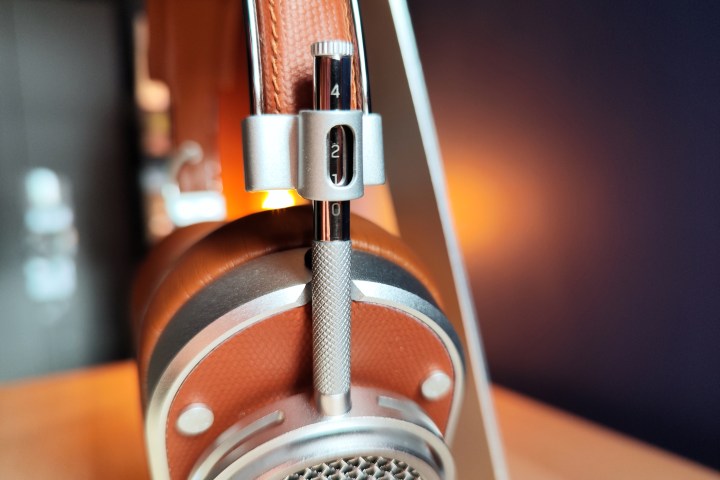
A product’s design, at least from an aesthetic point of view, is subjective. So while we may comment if a product strikes us as exceptional, we won’t dwell on how it looks. But you can bet we’ll discuss the materials used and the construction. Does it feel flimsy? Do the hinges or other moving parts wobble in a way that suggests it won’t last? Those things are worth knowing.
Same goes for comfort. It’s amazing how two sets of headphones can look nearly identical, yet one is comfortable enough to wear for hours while the other creates pressure — and even pain – after just a few minutes. It’s even more important for wireless earbuds where getting a good fit affects comfort and sound quality.
Wired headphones and earbuds rarely have controls, but it’s a big part of any wireless audio product. We try out every function and we don’t just do it sitting in a chair — we do it while commuting, walking, and if it feels right, at the gym too. Are the touch controls responsive? Does it take too much pressure to use the buttons? Can you customize what the controls do or are you stuck with the factory settings? We’ll tell you what to expect.
More on the process
Features
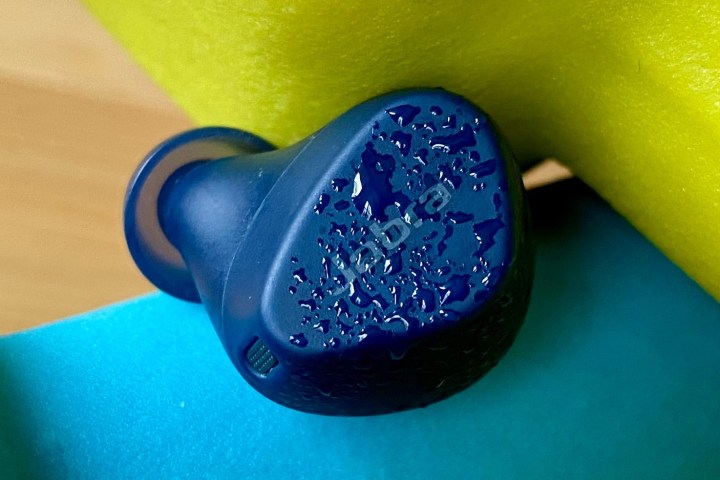
As audio products become more sophisticated, the number of features grows. Companies like to brag about all of the things their headphones or earbuds can do, from noise cancellation to Bluetooth Multipoint. We not only verify that each of these claimed features is actually supported by the product, but we also test them to make sure they work. A $40 set of earbuds doesn’t need to sound like a $400 set of earbuds to be worth the money, but if those $40 earbuds promise you’ll get aptX Adaptive or LDAC Bluetooth codec support, we’ll make sure they do just that.
Battery life, water and dust resistance, and wireless charging are some of the other features that we routinely test while we’re spending time with a product.
Call quality
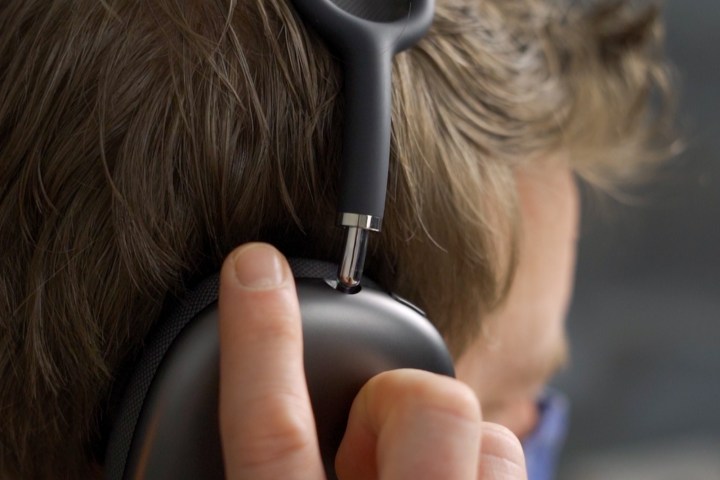
You might not want a set of headphones or earbuds specifically for making calls, but you need to know if they aren’t going to work for that task. We test call quality in two ways. We make a few calls so we can tell what it’s like to hear the person at the other end, but this is typically fine even on the worst products. So we also perform voice recordings using the built-in mics. We do the recordings in the same places you’d make or receive calls: loud streets, quiet parks, and everything in-between.
Recordings let us separate the quality of the product from the quality of our cell connection (or that of our callers). In other words, if a set of wireless earbuds fails the recording test, they’ll sound even worse if your cell signal sucks.
Noise-canceling and transparency modes
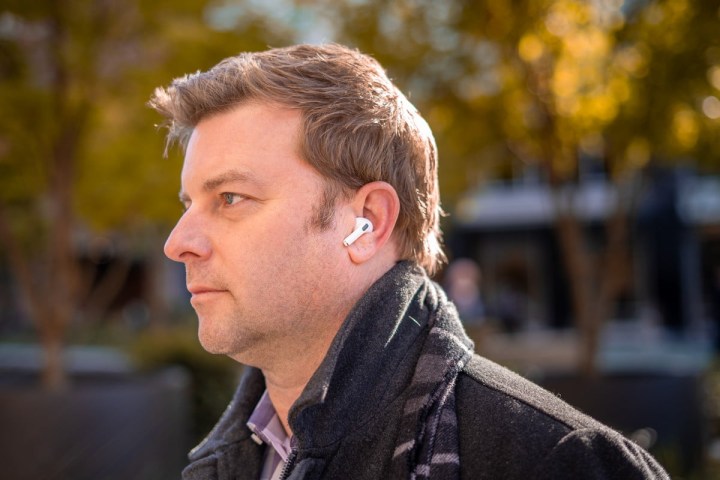
Making a recording is an easy way to test the mics — you’ll hear every detail later, like wind noise, choppiness, compression, etc. Active noise cancellation (ANC) and transparency modes are harder to test because you can’t record them. Instead, we use comparisons. Ideally, we compare to two types of products: a similarly priced set of headphones or earbuds (to figure out if you’re getting a comparatively good deal), and the best product we’ve ever tried up until that point. Asof June 2023, the AirPods Pro 2 have the best ANC and transparency of any wireless earbuds, so they are the benchmark.
For ANC, we consider how well the product performs at blocking out external sounds so you can hear your audio and not just pop music. Can you hear a podcast? What about the details in a classical track? We also use ANC to simply block out the outside world with no audio playing at all. Can it create a quiet and calm environment? Does it produce any noticeable sound of its own (like an annoying hiss)? If the stars align, we’ll even tell you how it performs on an airplane — one of the most in-demand uses of ANC.
For transparency, it’s the same goal, but in reverse. How clearly can you hear what’s going on around you? Do some sounds appear to be amplified while others are not? And how does your voice sound to you when you speak? Many transparency modes do a good job with outside sounds, but still leave your voice sounding muffled. Ideally, transparency mode feels like you’re not wearing headphones at all.
Sound quality
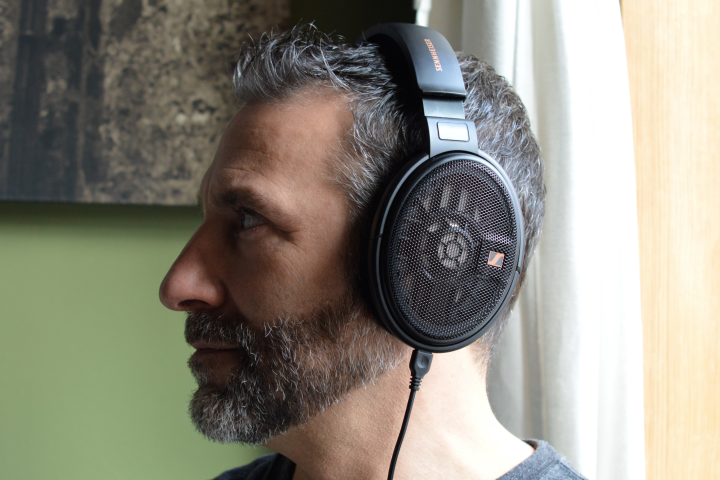
This is easily the most subjective part of the review, and also one of the most important. Some review sites use precision instruments to tell you the exact frequency response curve of a set of headphones. If you’re intimately familiar with these graphs, they can be helpful, but most folks need something a little less clinical, so we try to describe what we hear using language that anyone can relate to.
Every product we try gets a quick, cursory listen. We’re mostly looking for any big problems with the sound like distortion, severe weakness in the low-end, or heavy compression. At that point, unless the headphones are from a big brand, we may choose not to review them at all. But if they pass this initial test, we head into a more critical listening phase.
It starts with a description of the overall balance. Do the headphones accentuate certain frequencies, like bass? If so, is it consistent with the brand’s other products? For example, Beats has a reputation for bass-heavy headphones, but its most recent products take a more balanced approach, which you’ll need to know if you’re looking for that “Beats sound.” By the same token, if a product has been deliberately tuned to offer a so-called neutral or flat response, we’ll tell you. Some folks, especially those working in the recording industry and some audiophiles, value a flat response, but for most people, it sounds dull or, well, flat.
Then we listen for performance. It’s one thing to have headphones with big, bold bass. But if that bass is muddy or distorted or bloated, it’s not much fun. Likewise, if that bass has a negative effect on the immediately adjacent frequencies, we make sure to note it. How do the vocals sound? Are they clear and detailed? Can we detect any sibilance (that raspy/hissy effect when ess-sounds are produced)? Are transients — sounds that only appear for a moment, like a drum hit — handled quickly or do they tend to linger and smear?
Almost as important as these questions of frequency precision is spatial precision. Does the soundstage feel narrow, wide, or somewhere in-between? How realistic is that sense of space? Does the product let you close your eyes and imagine the guitarist to the left, the pianist to the right, and the lead singer dead center?
We are able to answer these questions because our test playlist is composed of a variety of tracks from multiple genres like pop, rock, hip-hop, rap, jazz, and classical — and we’ve heard them hundreds of times. We know what they can sound like on premium gear in an optimized listening space, so we know what to listen for in less-than-ideal environments. Again, you can expect comparisons to help you create a model for choosing — how do they sound compared to other products in the same price range, and how close do they get to the very best models?
If a product comes with a companion app with EQ adjustments (or onboard EQ modes), we’ll let you know if we were able to use them to significantly alter the factory tuning, which might help you decide if you’re OK with a set of headphones that might not have the exact sound signature you want, but might be in your budget.
The testing gear
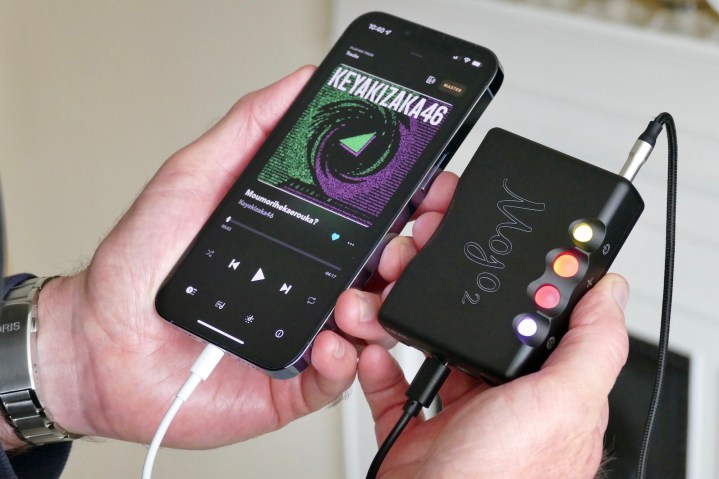
For wireless headphones and earbuds, we use the same equipment that you probably use every day: an iPhone, an Android phone, and a variety of streaming music services like Spotify, Apple Music, Amazon Music, and Tidal.
We like to use the very best versions of our test tracks that we can find — lossless, hi-res audio in 24 bit if possible. We do this even though most Bluetooth connections aren’t able to transmit these tracks without losing some detail, because we want to know how they sound when the source is as good as it can get. But we also listen to lossy, compressed versions, to make sure there isn’t a drastic difference.
If a product supports specific Bluetooth codecs, like LDAC, aptX, or aptX Adaptive, we’ll try them with a compatible phone or digital audio player to see if we can hear an improvement in overall quality. It’s rare that these codecs will make an appreciable difference on budget headphones and earbuds, but at the premium end, it can be noticeable.
Increasingly, spatial audio formats like Dolby Atmos Music are becoming available on streaming services, so from time to time, we’ll try these versions too, and let you know if a product seems to be especially adept at conveying the extra level of immersion these formats offer.
For wired headphones and in-ear monitors (IEMs), we use the same devices and sources, but since most phones lack headphone jacks, we run the audio through a high-quality headphone DAC/amp, like the Ifi Go Bar, Chord Mojo 2, or Questyle M15. This gives us a baseline for how well the product can perform, and then we try them with the headphone jacks that are still built into some devices, like laptops, to see if a similar level of quality can be achieved.
Some high-impedance wired headphones need a lot of power to sound their best, and we’ll let you know if we think you can enjoy them using inexpensive add-ons, or whether they need a dedicated unit like a desktop headphone amp.
The review

All of this data comes together in what is hopefully a concise, easy-to-read evaluation of a set of headphones or earbuds, complete with a score, a list of the biggest pros and cons, and, where merited, a badge that reflects our overall opinion. Those include the Digital Trends’ Recommended Product for gear that we would be happy to use ourselves and would recommend to our own friends and family, and Digital Trends’ Editor’s Choice for a product that we think is exceptional within its category.
An Editor’s Choice isn’t just reserved for the best product you can buy (these tend to be the most expensive) — it can also be awarded to a product we feel delivers a level of performance that punches way beyond what its price would suggest, even if that price is at the lower end of the range.
Ideally, a Digital Trends review does much more than simply regurgitate a list of specs. It should give you insight into what it’s like to actually own and use a product, along with helpful comparisons to other products you’re already considering — or should be considering — before you buy.
Editors’ Recommendations
Credit: Source link


Comments are closed.